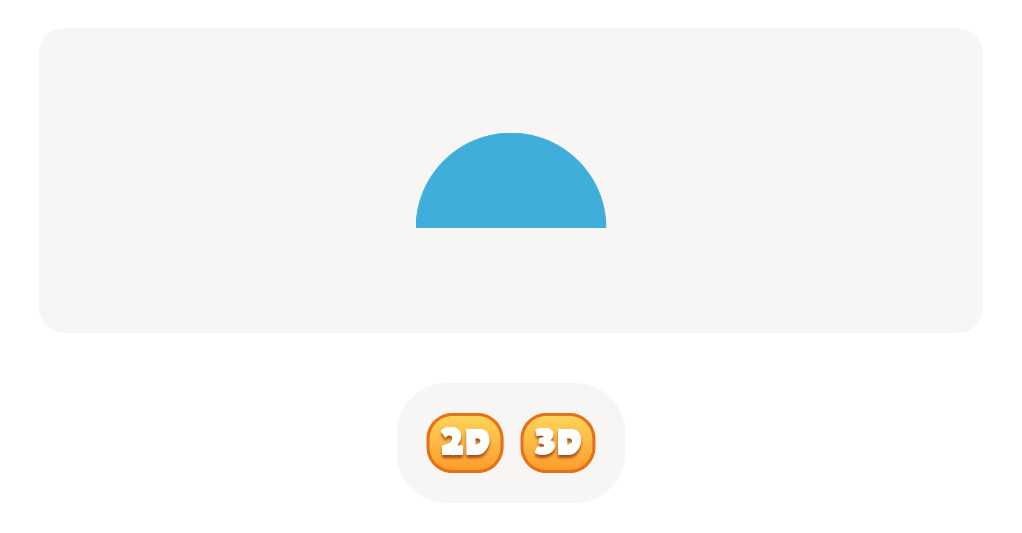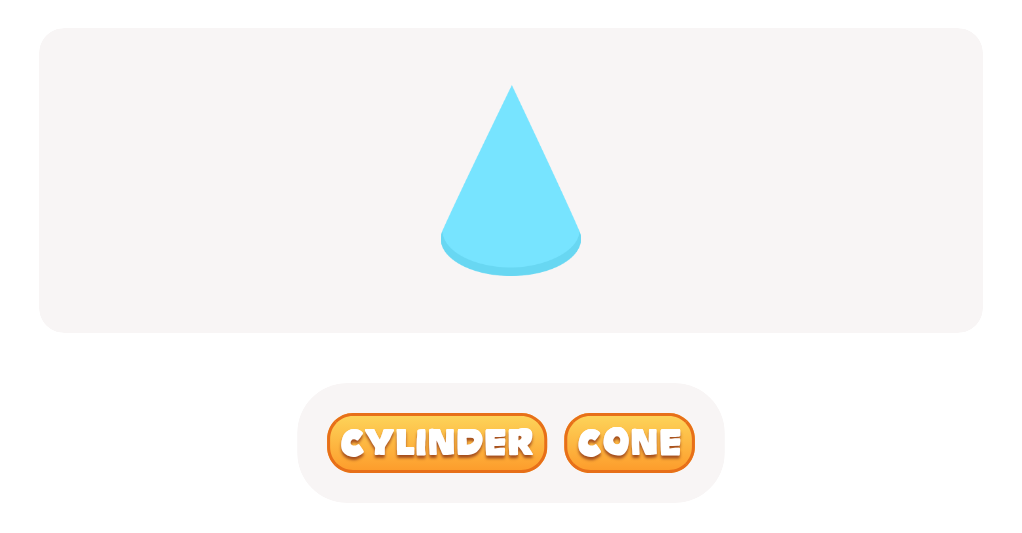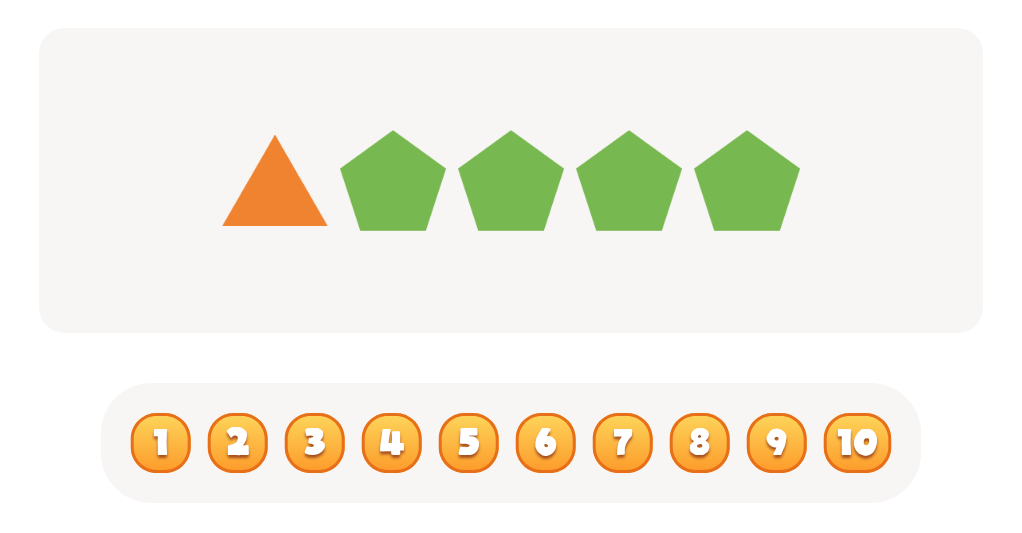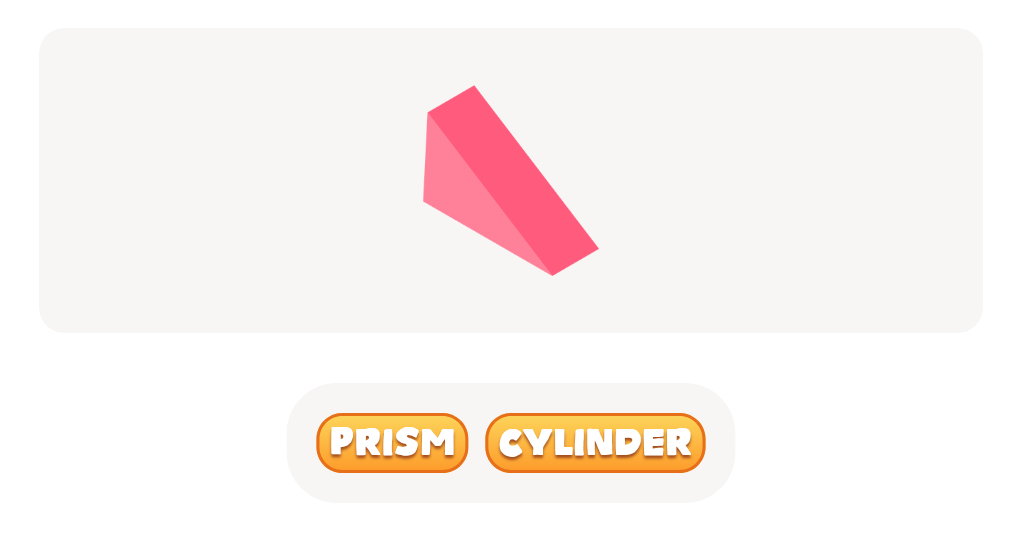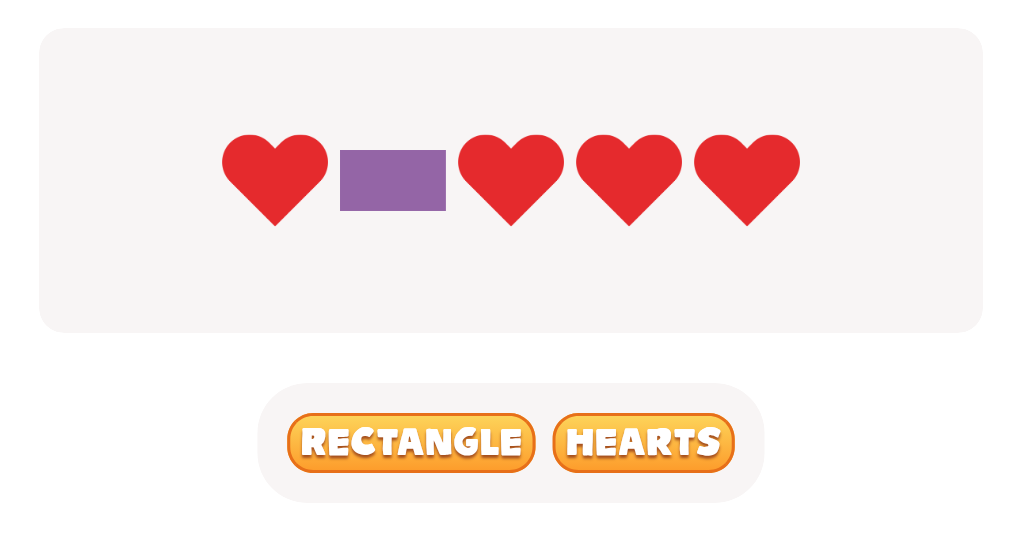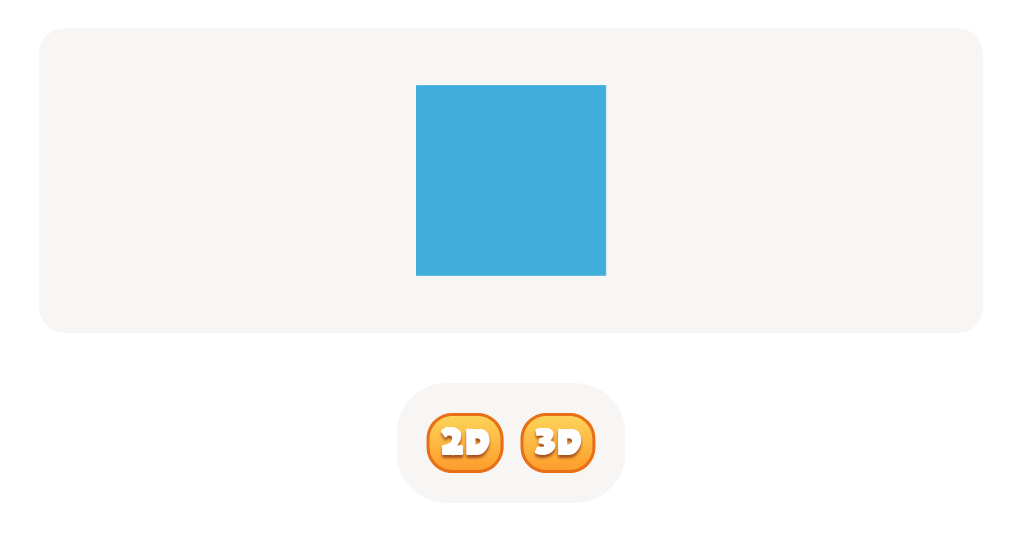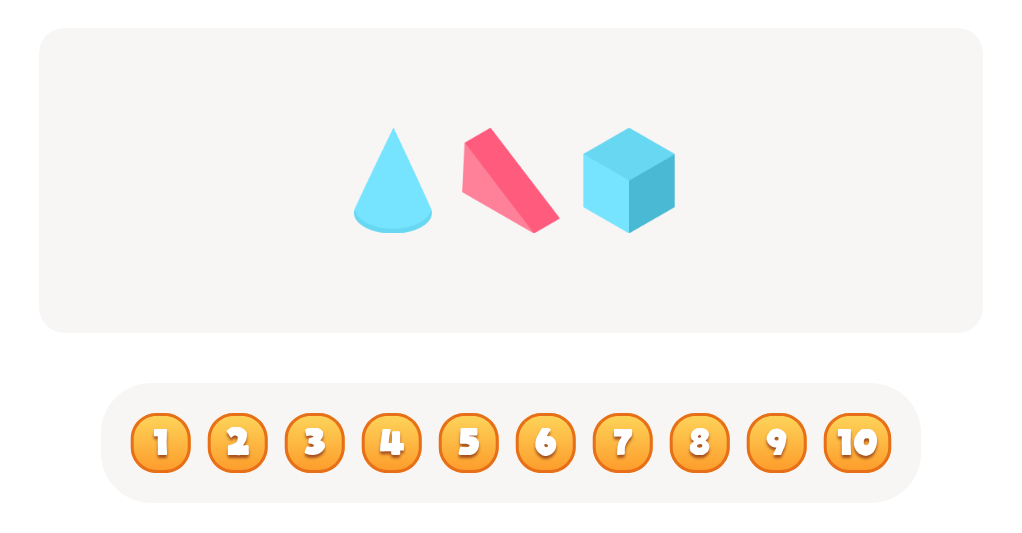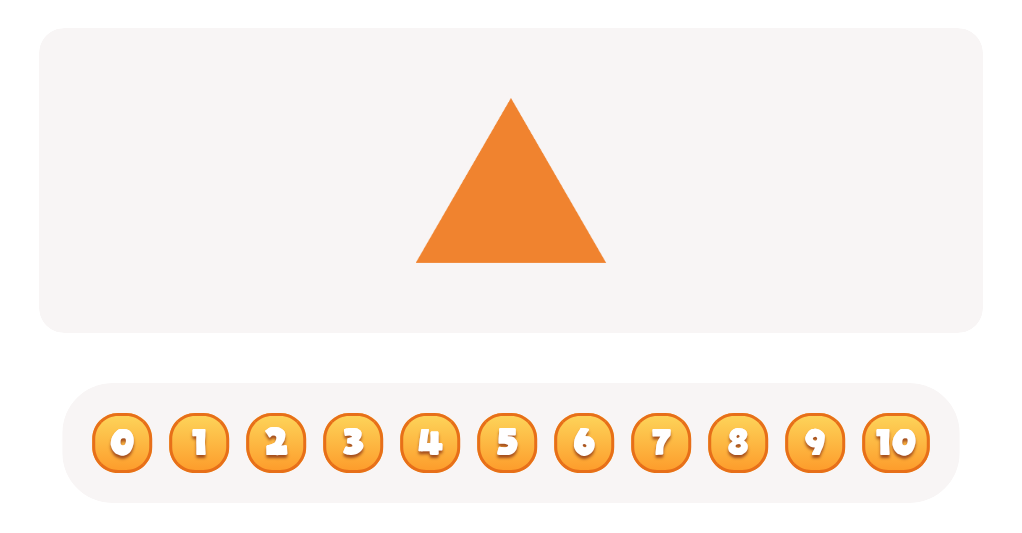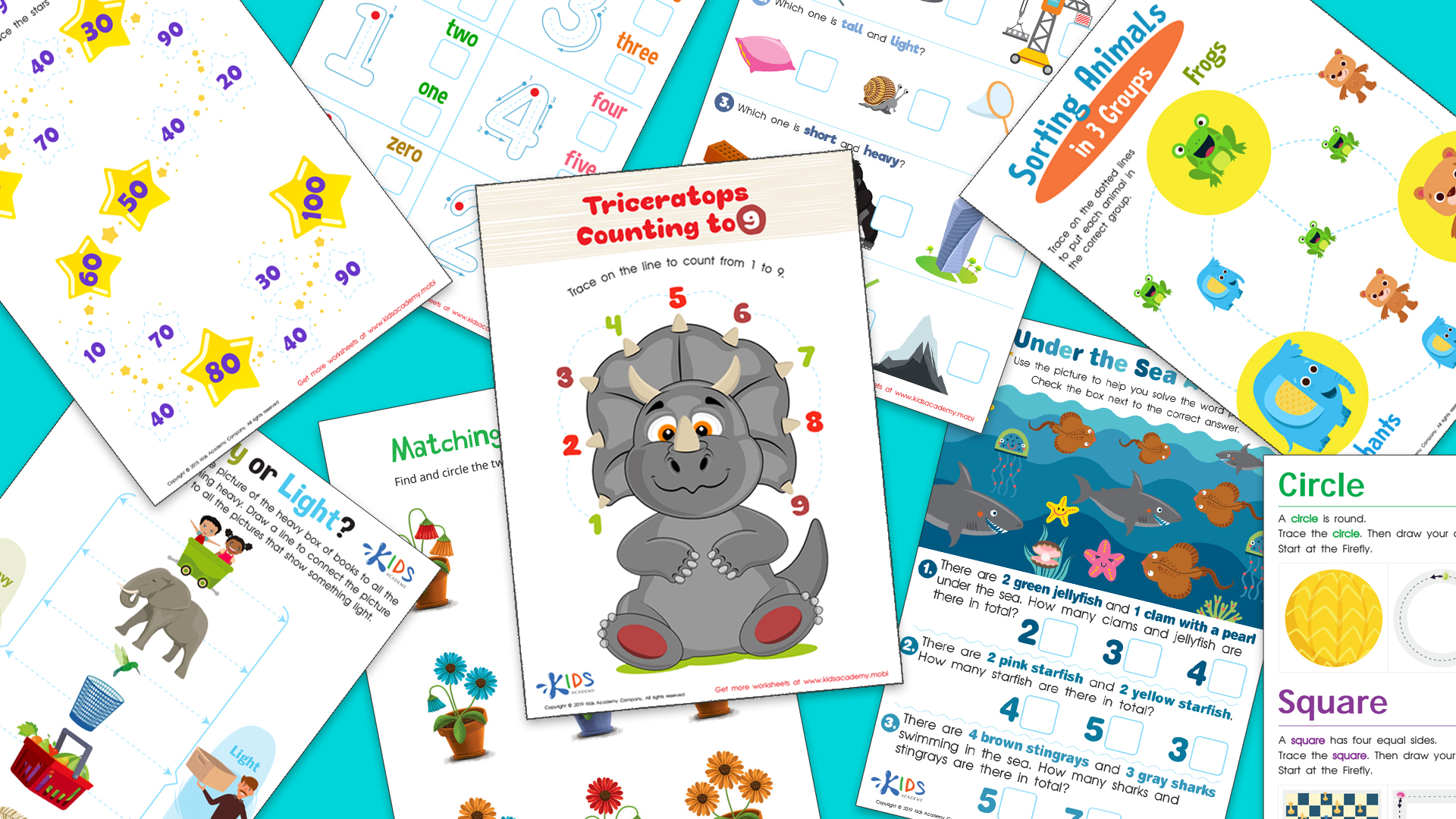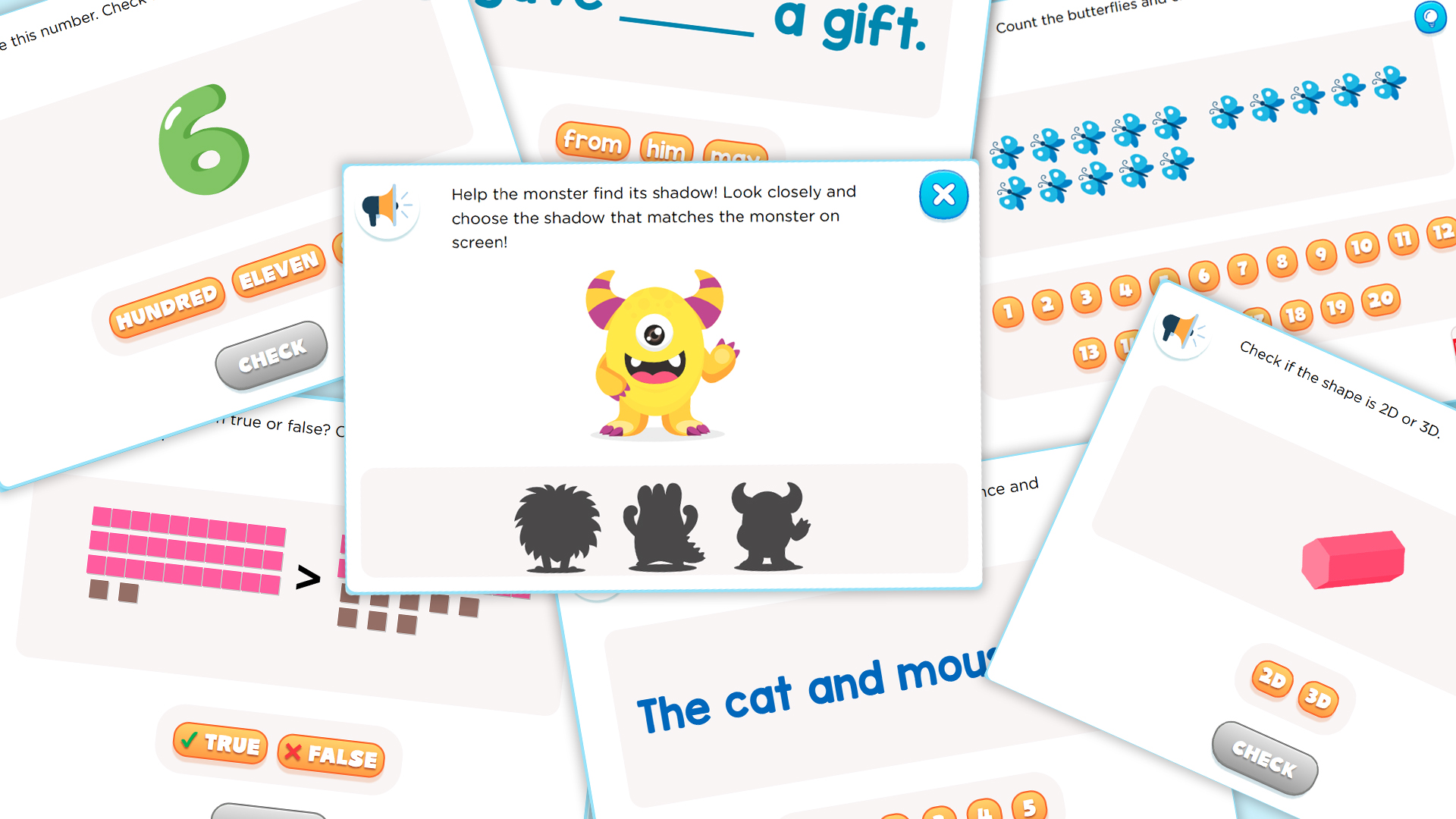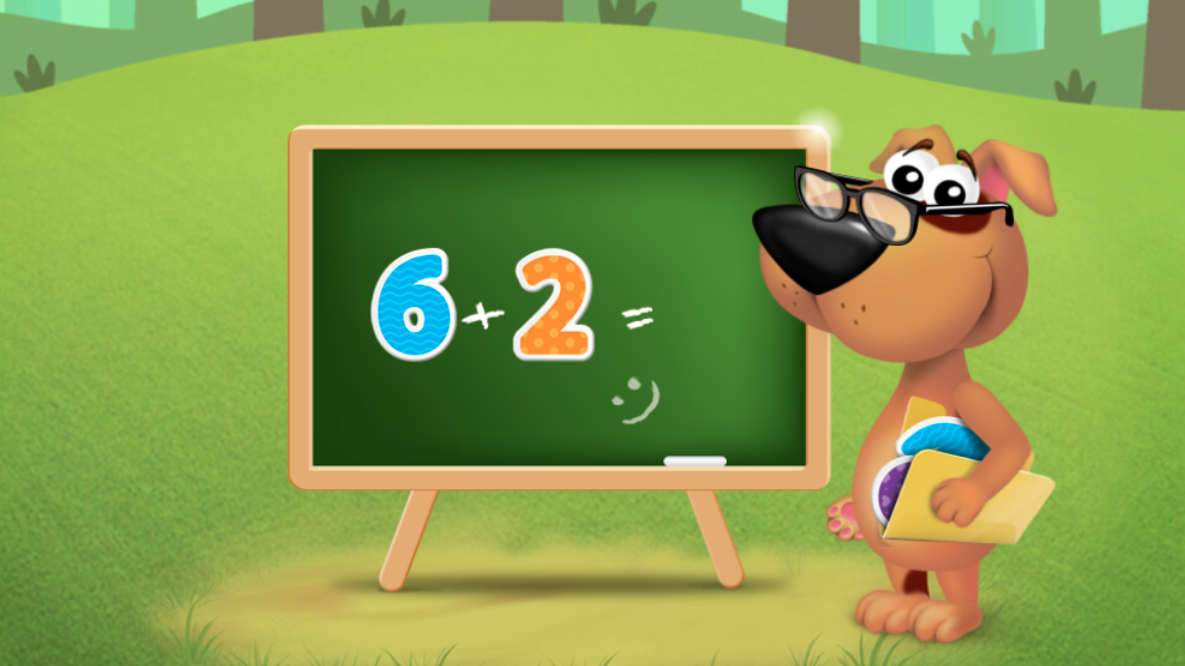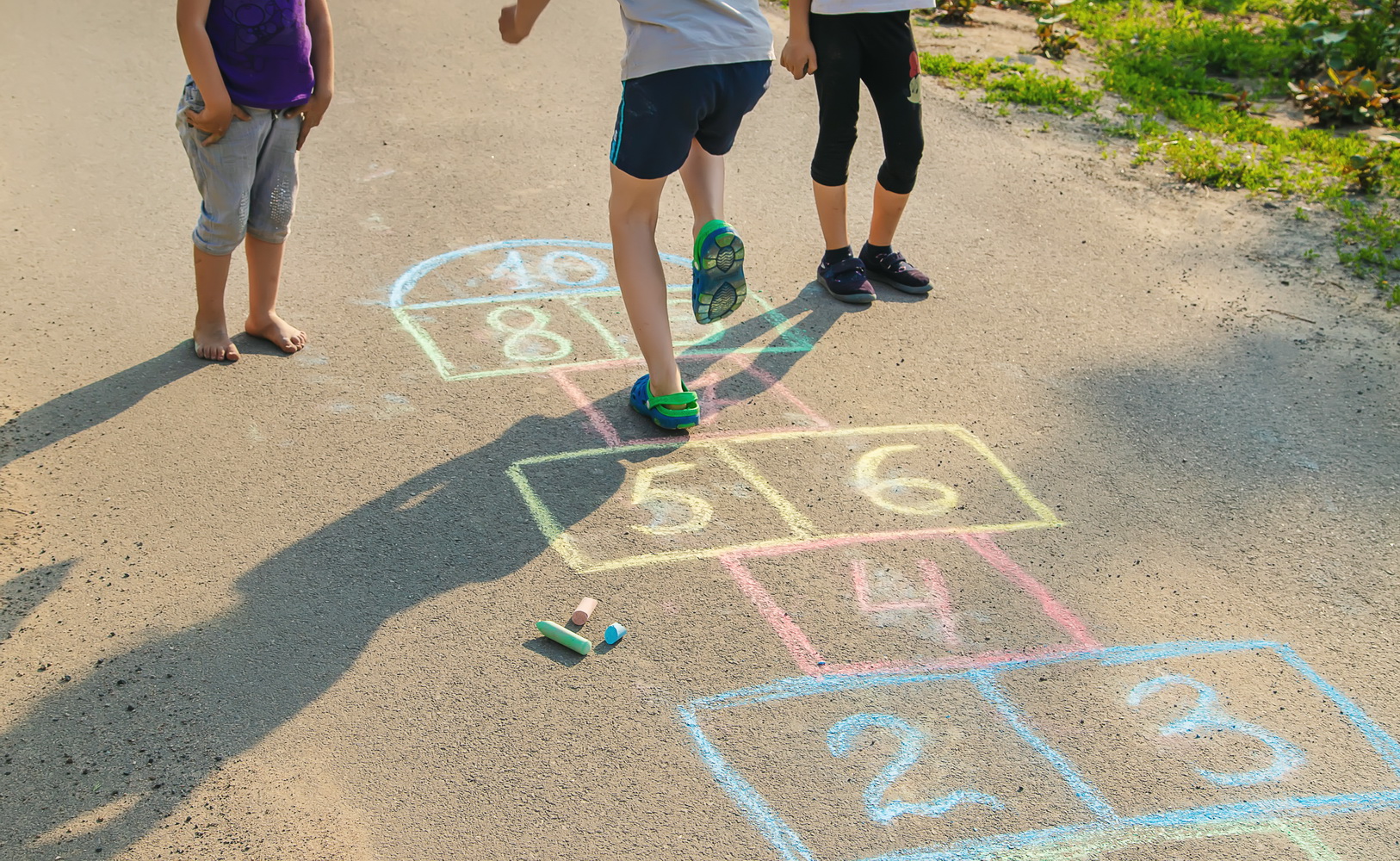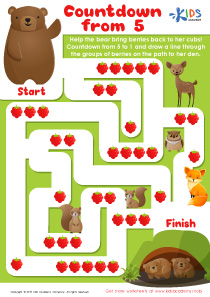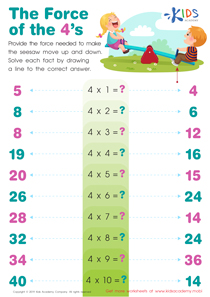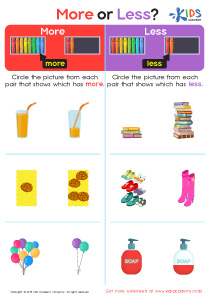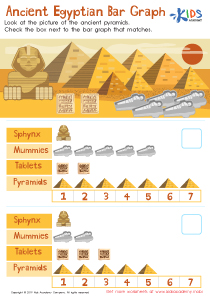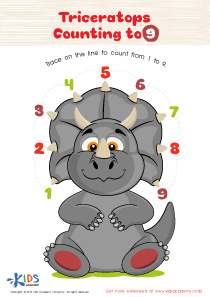Shape Recognition Easy Geometry Worksheets for 8-Year-Olds
10 filtered results
-
From - To
Discover engaging Shape Recognition Geometry Worksheets designed specifically for 8-year-olds! These easy-to-use resources help young learners identify and understand various shapes, enhancing their geometric skills in a fun and interactive way. With colorful illustrations, clear instructions, and diverse activities, our worksheets make learning about shapes enjoyable. Ideal for home or classroom use, these materials cater to different learning styles, promoting self-paced exploration. Whether your child is a beginner or needs a refresher, our carefully crafted worksheets lay a strong foundation in geometry. Encourage creativity and critical thinking while mastering shape recognition with these fantastic educational tools! Explore our collection today!


Odd Shape Out Worksheet for Grade 3
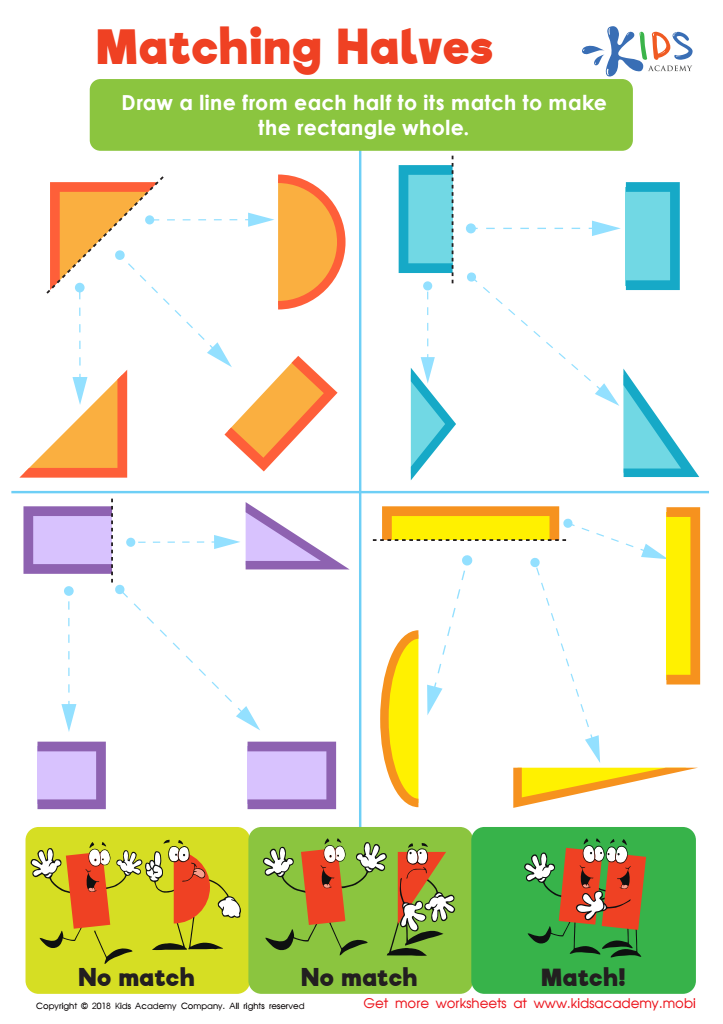

Matching Halves Worksheet
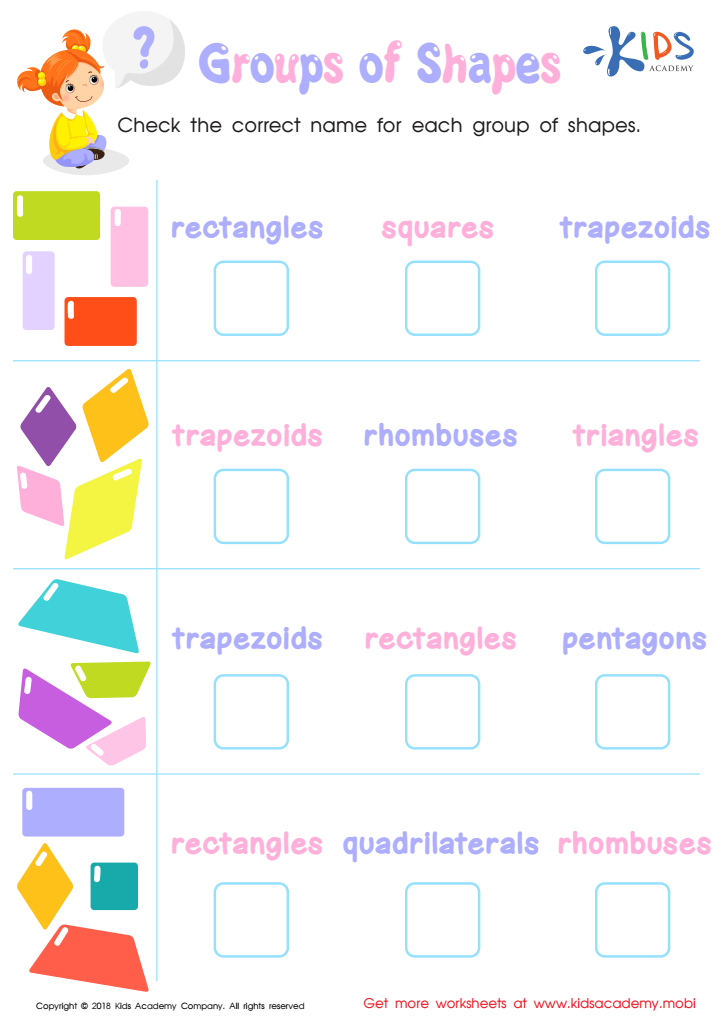

Groups of Shapes Worksheet


Faces of 3D Shapes Worksheet
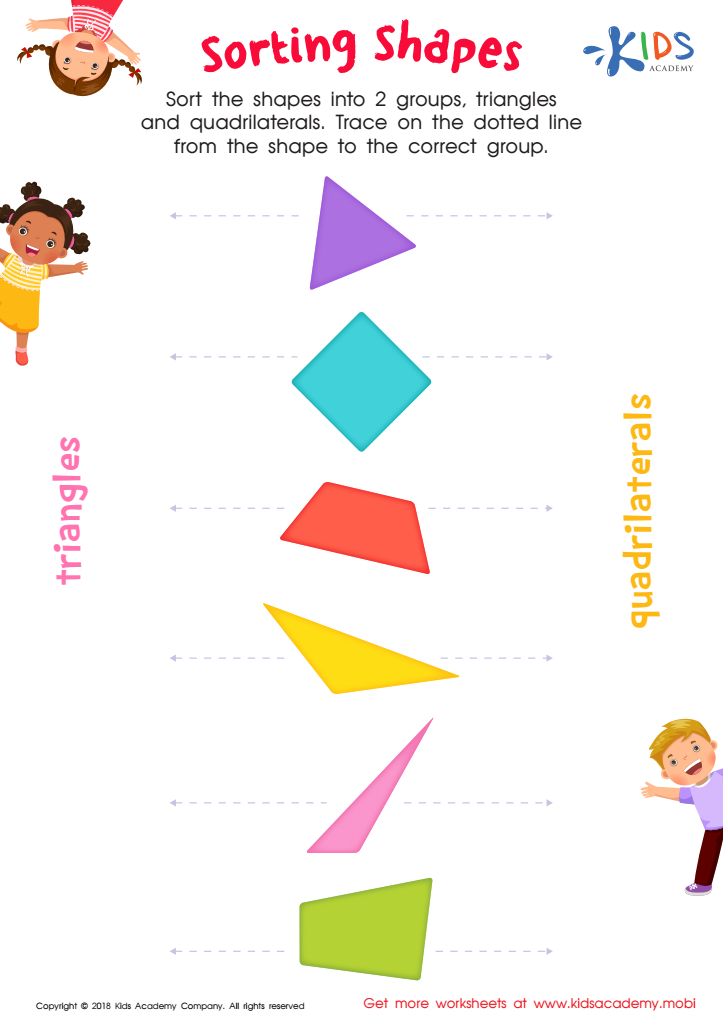

Sorting Shapes Worksheet
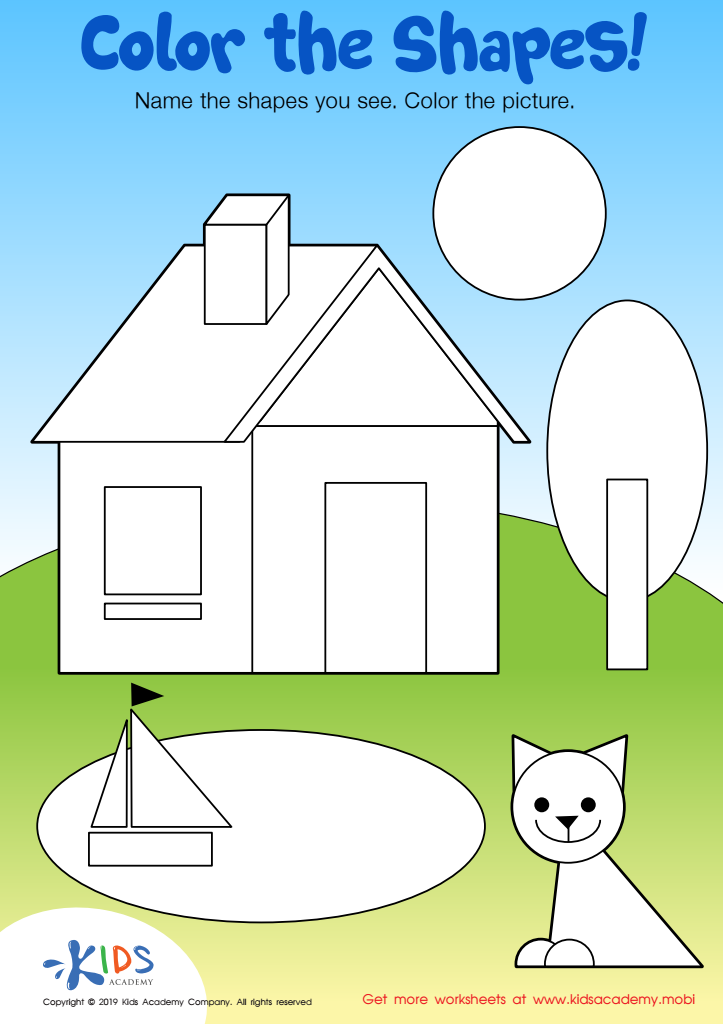

Color the Shapes Worksheet
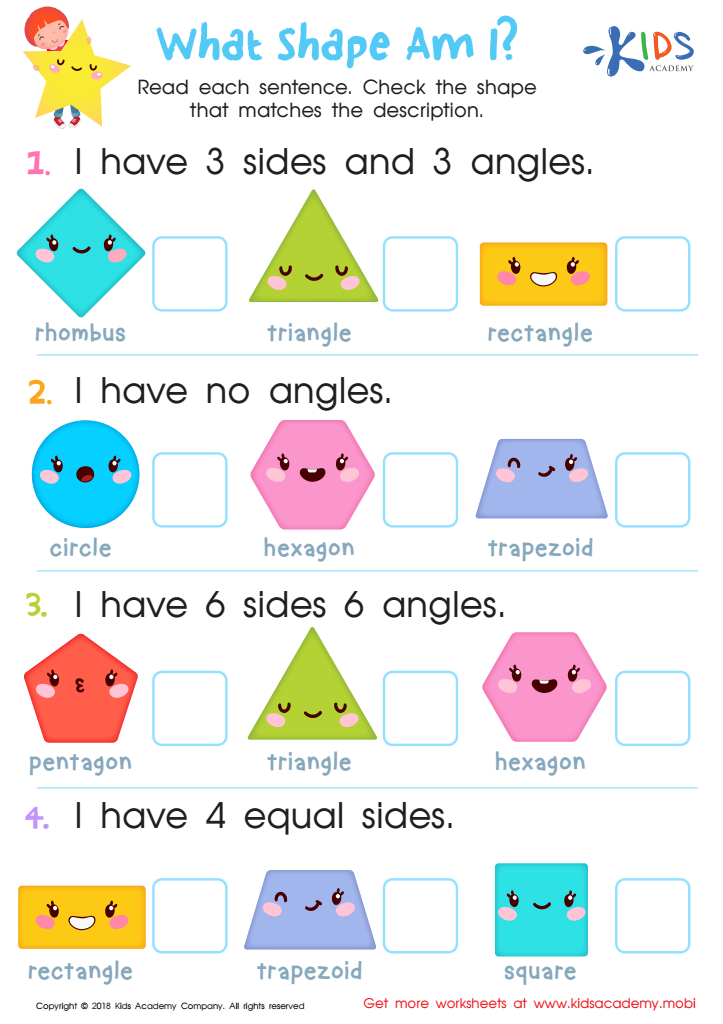

What Shape Am I? Worksheet
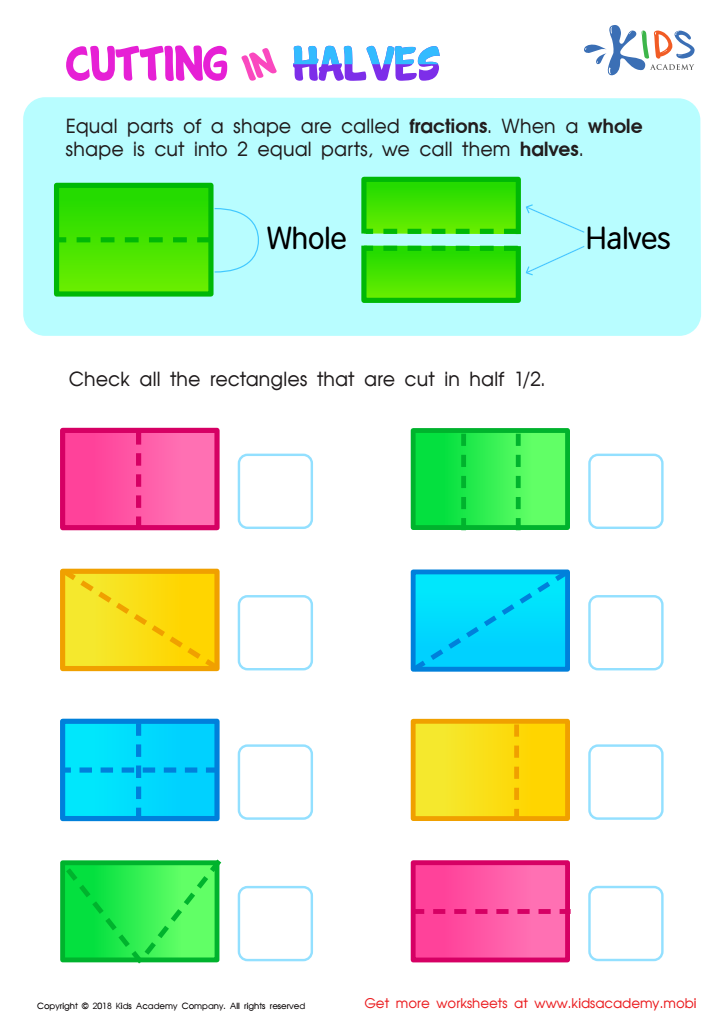

Cutting in Halves Worksheet
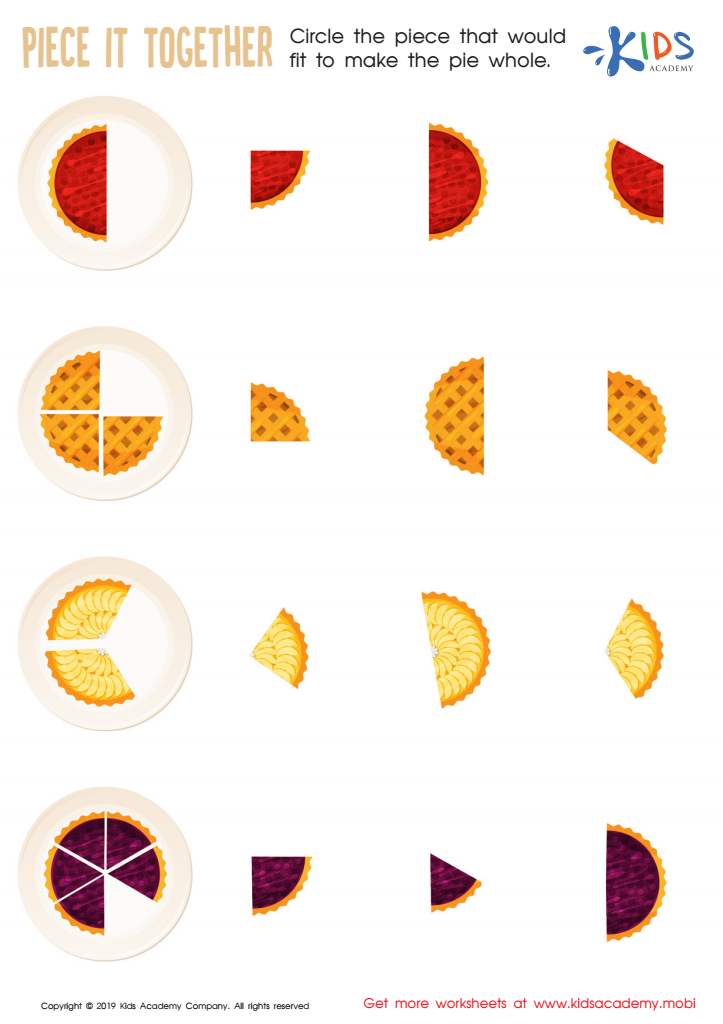

Piece it together Worksheet
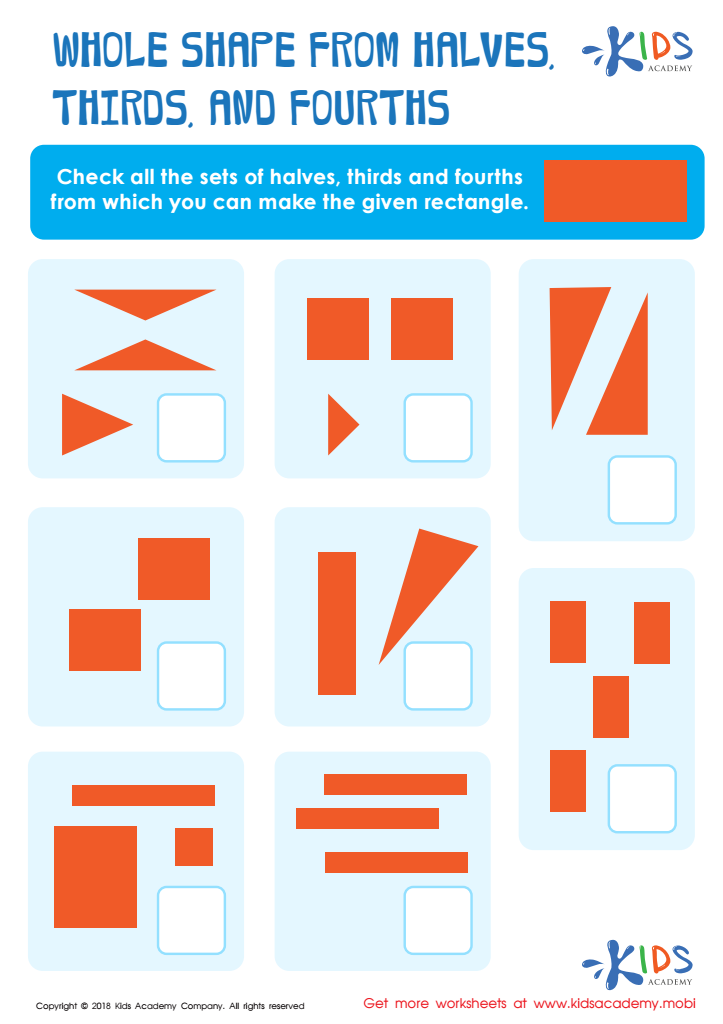

Whole Shape from Halves, Thirds and Fourths Worksheet
Shape recognition is a foundational skill that greatly influences a child's cognitive development, especially at the age of eight. First, it enhances spatial awareness, helping children understand how objects relate to one another in space. This knowledge is crucial not only in mathematics but also in everyday life, such as navigating their environment, understanding maps, and organizing their surroundings.
Additionally, shape recognition introduces basic geometry concepts, laying the groundwork for more complex mathematical thinking. It sharpens problem-solving skills and boosts critical thinking as children learn to categorize and differentiate between shapes based on attributes like size, edges, and angles.
Moreover, engaging in shape-related activities fosters mathematical vocabulary and communication skills, enriching their language development. These experiences can spark interest in STEM (Science, Technology, Engineering, and Mathematics) fields, potentially influencing a child's future educational and career paths.
For parents and teachers, focusing on shape recognition is an investment in a child’s holistic development. It promotes curiosity, confidence, and creativity while cultivating a strong mathematical foundation that will benefit them throughout their educational journey and beyond. Encouraging activities that revolve around shape recognition can make learning enjoyable and impactful, setting children up for success.

 Assign to My Students
Assign to My Students
